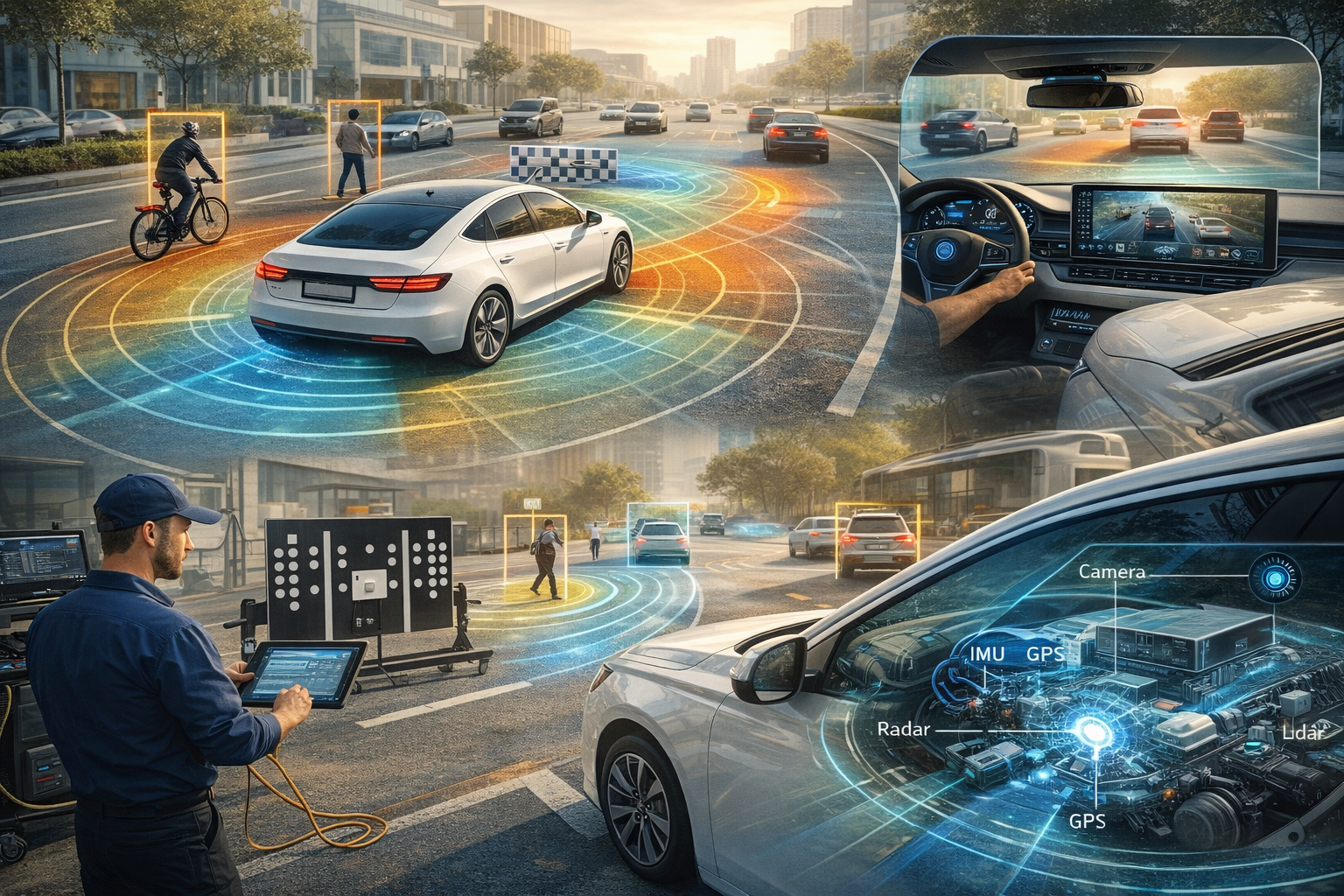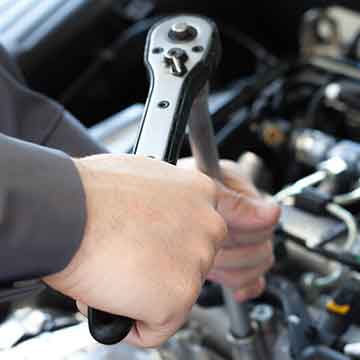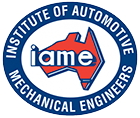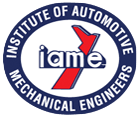The Future of Automotive Technicians
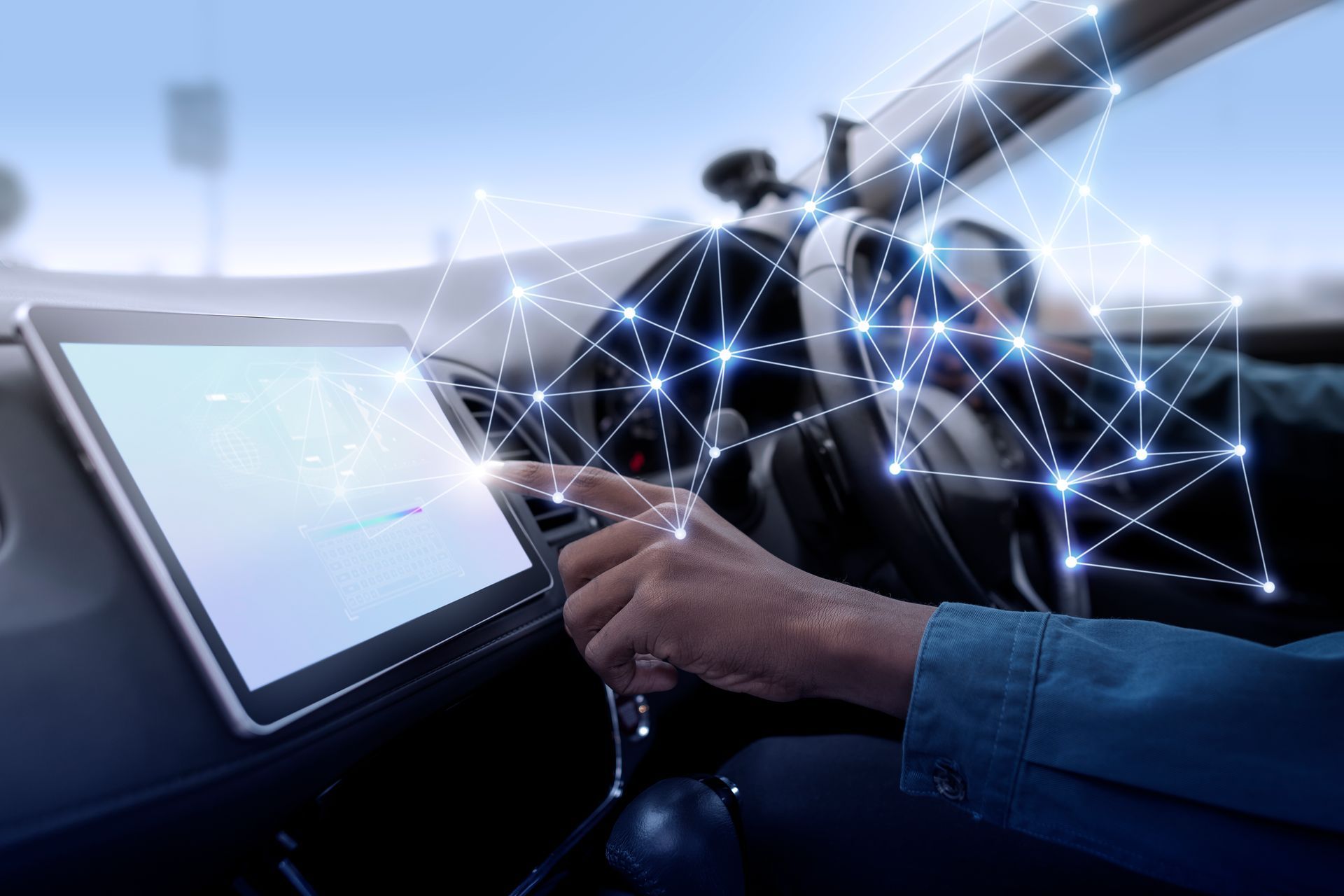
As the automotive industry hurtles toward a future marked by innovation and technological advancements, the role of automotive technicians is undergoing a transformative shift. No longer confined to traditional mechanical repairs, the automotive technician of the future is poised to become a high-tech troubleshooter and an integral player in the evolution of smart, connected vehicles. In this article, we explore the exciting prospects and challenges that lie ahead for automotive technicians as they navigate the ever-changing landscape of automotive technology.
Mastery of Advanced Technologies:
The future automotive technician will be a Master of Advanced Technologies that underpin modern vehicles. As vehicles become increasingly electrified and connected, technicians will need expertise in electric drivetrains, battery management systems, and intricate software components. Familiarity with augmented reality (AR), virtual reality (VR), and artificial intelligence (AI) will become essential skills as diagnostics and repairs evolve into high-tech endeavours.
Data-Driven Diagnostics and Predictive Maintenance:
With the rise of connected cars, automotive technicians will find themselves delving into vast amounts of data generated by sensors and onboard systems. Data-driven diagnostics will enable technicians to identify issues pre-emptively, leading to a shift from reactive to proactive maintenance. Predictive analytics will play a crucial role in foreseeing potential failures, allowing technicians to address issues before they escalate.
Hybrid and Electric Vehicle Expertise:
As the automotive industry embraces sustainability, hybrid, and electric vehicles (EVs) are becoming increasingly prevalent. Automotive technicians will need to specialize in servicing and maintaining these environmentally friendly alternatives. Proficiency in handling high-voltage systems, understanding battery technologies, and staying abreast of advancements in charging infrastructure will be paramount for technicians in the electric future of mobility.
Cybersecurity Proficiency:
With the growing connectivity of vehicles, the threat of cyber-attacks becomes a concern. Future automotive technicians will need to be well-versed in cybersecurity protocols to safeguard vehicles against potential threats. This includes securing in-car communication systems, protecting software integrity, and implementing measures to prevent unauthorized access.
Continuous Learning and Adaptability:
The fast-paced evolution of automotive technology necessitates a commitment to continuous learning and adaptability. Automotive technicians of the future will engage in ongoing training programs to stay ahead of emerging technologies and industry trends. This adaptability will be crucial as vehicles evolve, and new diagnostic tools and repair techniques become standard in the automotive landscape.
Customer-Centric Skills:
As vehicles become more complex, the role of the automotive technician will extend beyond the workshop. Effective communication skills and the ability to explain intricate technical details to vehicle owners will be essential. Technicians will act as consultants, guiding customers through the nuances of modern vehicle systems and ensuring a positive service experience.
The future for automotive technicians is both challenging and exciting, as they stand at the forefront of technological innovation within the automotive industry. Embracing a diverse skill set that encompasses advanced technologies, data analytics, and a commitment to ongoing learning, the automotive technician of the future will play a pivotal role in shaping the driving experience of tomorrow. As smart and connected vehicles become the norm, these skilled professionals will be the unsung heroes, ensuring that the wheels of progress continue to turn smoothly on the road ahead.
